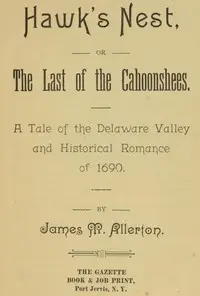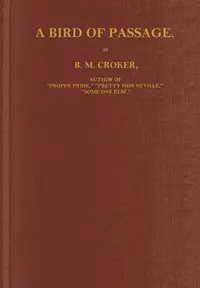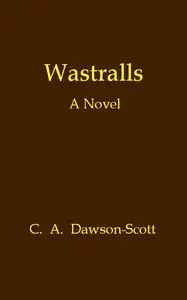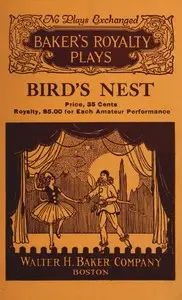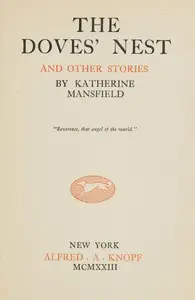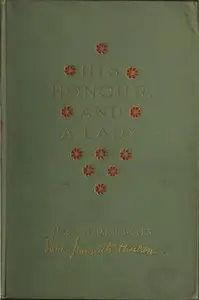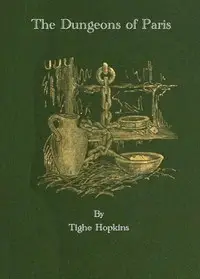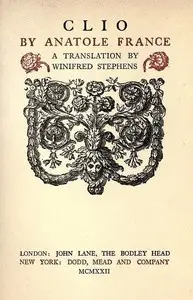"The Crow’s-Nest" by Sara Jeannette Duncan is an early 20th-century novel centered around a woman exiled to a remote garden residence in Simla, India, where she humorously ponders her situation. The narrator reflects on the objects from her ordinary life, her desire for home, and her attempts to embrace nature following her banishment. As the woman observes the landscapes and grapples with nature, she finds curious beauty in her surroundings. The story explores her battle between social expectations and her personal desires as she reflects on the challenges and wonders of human existence through her interactions with the local staff in her new environment.
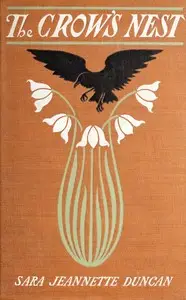
The crow's-nest
By Sara Jeannette Duncan
A banished woman in colonial India confronts nature and society through reflections on her mundane surroundings and domestic longings.
Summary
About the AuthorSara Jeannette Duncan was a Canadian author and journalist, who also published as Mrs. Everard Cotes and Garth Grafton among other names. First trained as a teacher in a normal school, she took to poetry early in life and after a brief teaching period worked as a travel writer for Canadian newspapers and a columnist for the Toronto Globe. Afterward she wrote for the Washington Post where she was put in charge of the current literature section. Later she made a journey to India and married an Anglo-Indian civil servant thereafter dividing her time between England and India. She wrote 22 works of fiction, many with international themes and settings. Her novels met with mixed acclaim and are rarely read today. In 2016, she was named a National Historic Person on the advice of the Historic Sites and Monuments Board of Canada.
Sara Jeannette Duncan was a Canadian author and journalist, who also published as Mrs. Everard Cotes and Garth Grafton among other names. First trained as a teacher in a normal school, she took to poetry early in life and after a brief teaching period worked as a travel writer for Canadian newspapers and a columnist for the Toronto Globe. Afterward she wrote for the Washington Post where she was put in charge of the current literature section. Later she made a journey to India and married an Anglo-Indian civil servant thereafter dividing her time between England and India. She wrote 22 works of fiction, many with international themes and settings. Her novels met with mixed acclaim and are rarely read today. In 2016, she was named a National Historic Person on the advice of the Historic Sites and Monuments Board of Canada.

